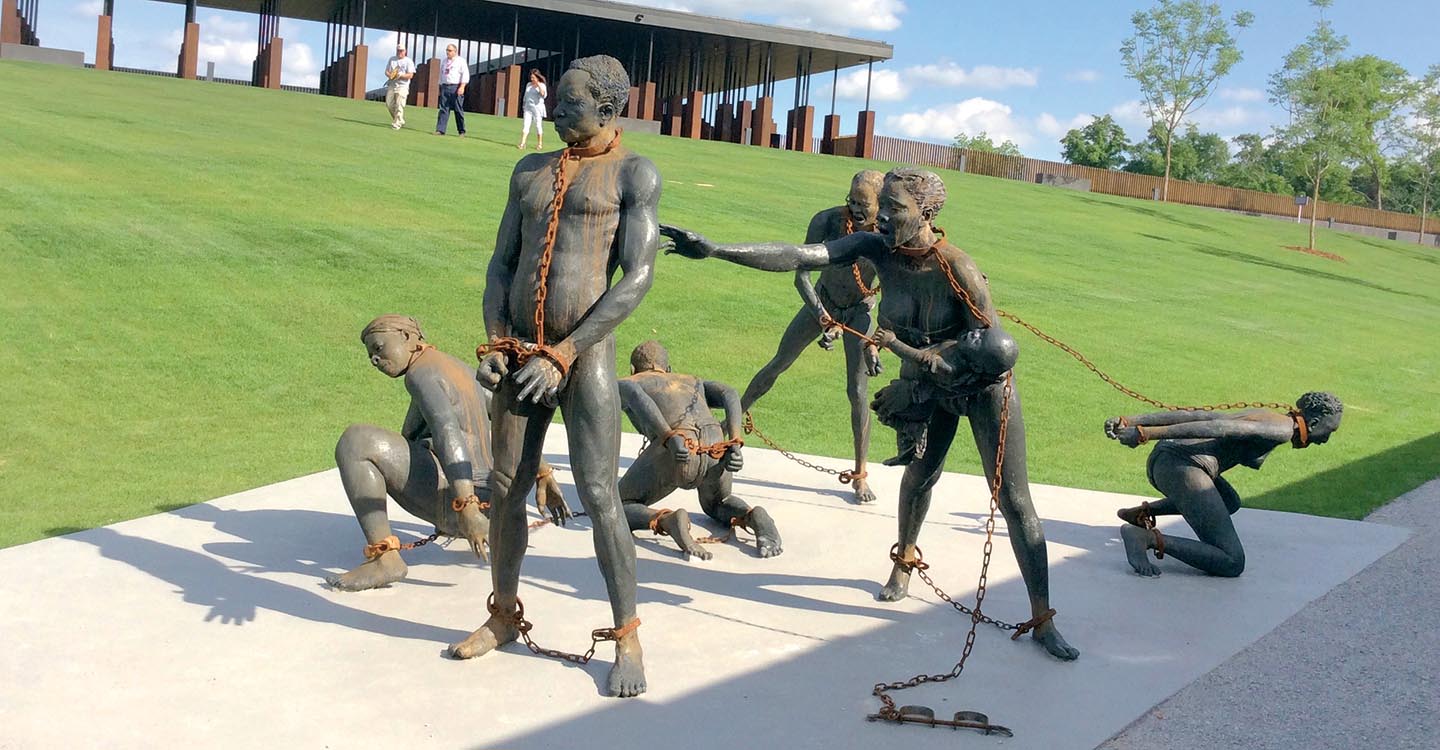Eight hundred weathered steel beams hang from the roof of a new memorial in Montgomery, Alabama. Etched on each column is the name of a U.S. county and the people who were lynched there.
There’s Caleb Gadly, lynched in Kentucky in 1894 for “walking behind the wife of his white employer”; Mary Turner, a pregnant woman, who was hung upside down, burned alive, then sliced open after denouncing her husband’s 1918 lynching by a white mob; and Parks Banks, hanged in Mississippi in 1922 for carrying a photograph of a white woman.
Thousands more are listed, many simply as “unknown” because their remains were never identified.
Eight hundred weathered steel beams hang from the roof of a new memorial in Montgomery, Alabama. Etched on each column is the name of a U.S. county and the people who were lynched there.
There’s Caleb Gadley, lynched in Kentucky in 1894 for “walking behind the wife of his white employer.” Mary Turner, a pregnant woman, was hung upside down, burned alive, then sliced open after speaking out against her husband’s 1918 lynching by a white mob. And Parker Banks, hanged in Mississippi in 1922 for carrying a photograph of a white woman.
Thousands more are listed. Many of them have been marked as “unknown” because their remains were never identified.

